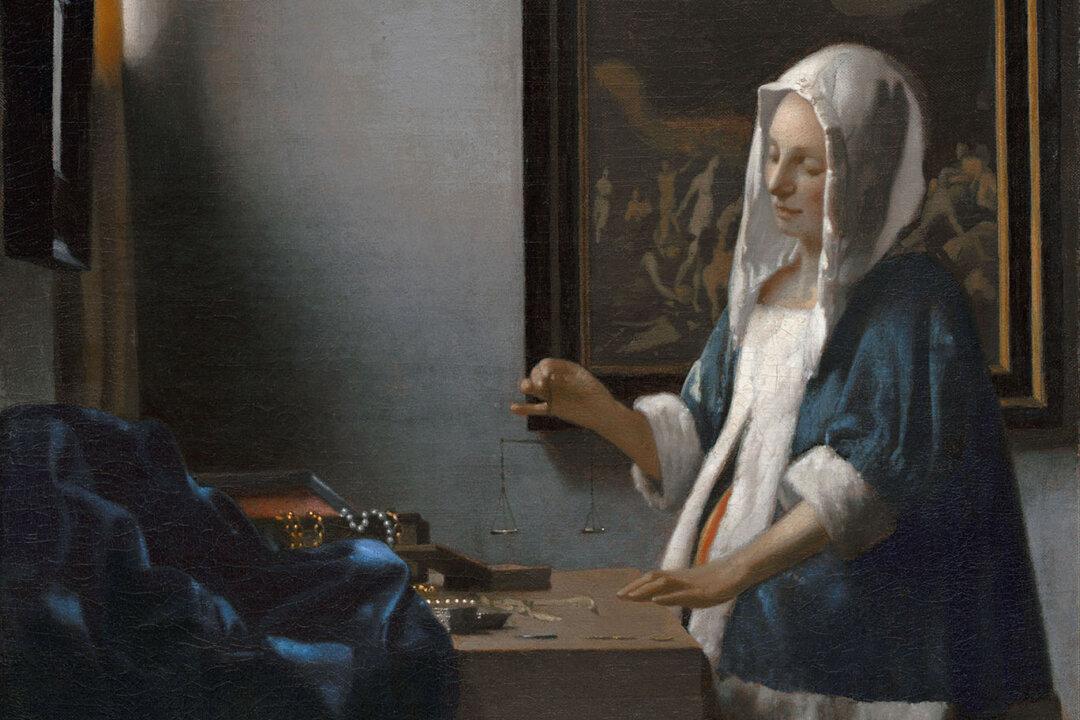As human beings, our capacity for making judgments seems to be innate. We judge what we like, what we don’t like, what’s good, what’s bad, what’s ugly, and what’s beautiful. Arguably, our judgments determine how our lives unfold, for we won’t adopt the beliefs that guide our lives without first judging them to be true.
But why are we so prone to judge? Is it really a tendency innate to human life? Is it just the way that our brains work? Or maybe it’s a cultural thing?





